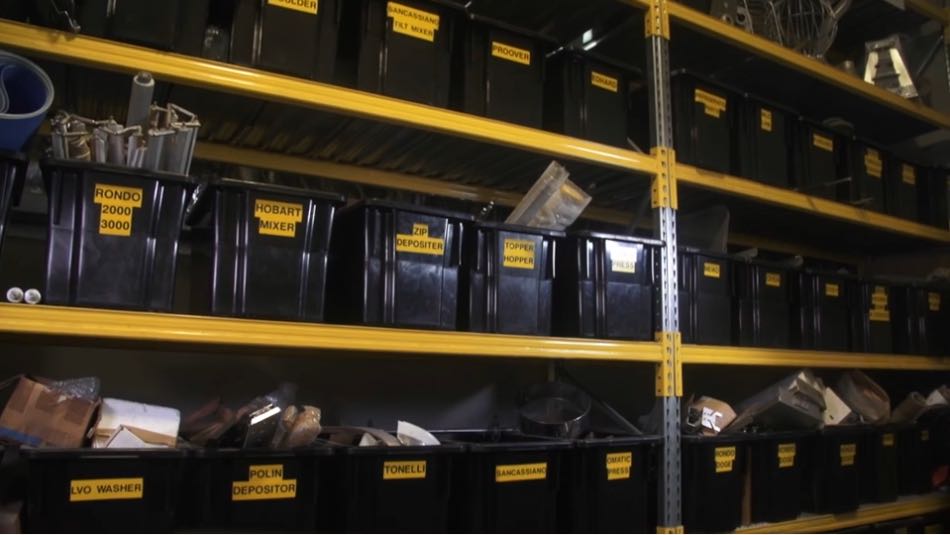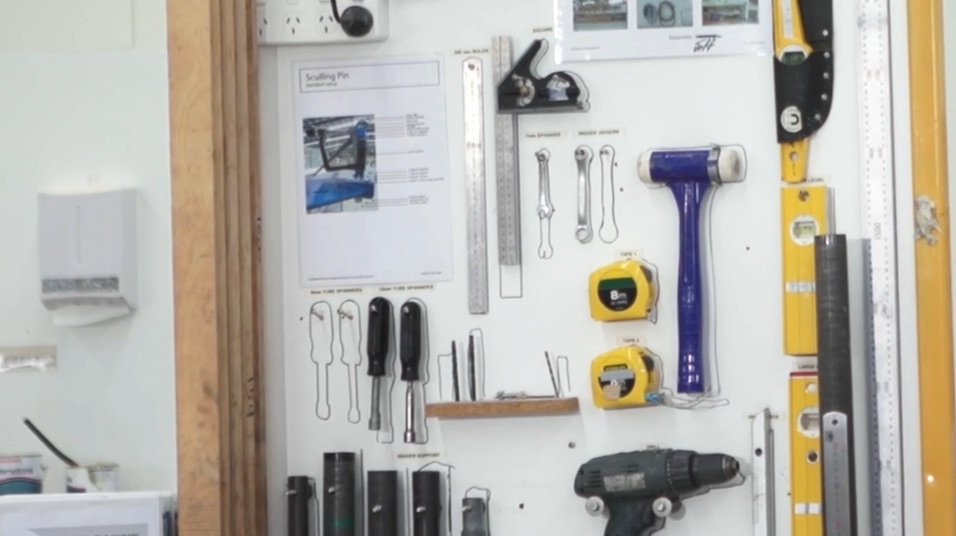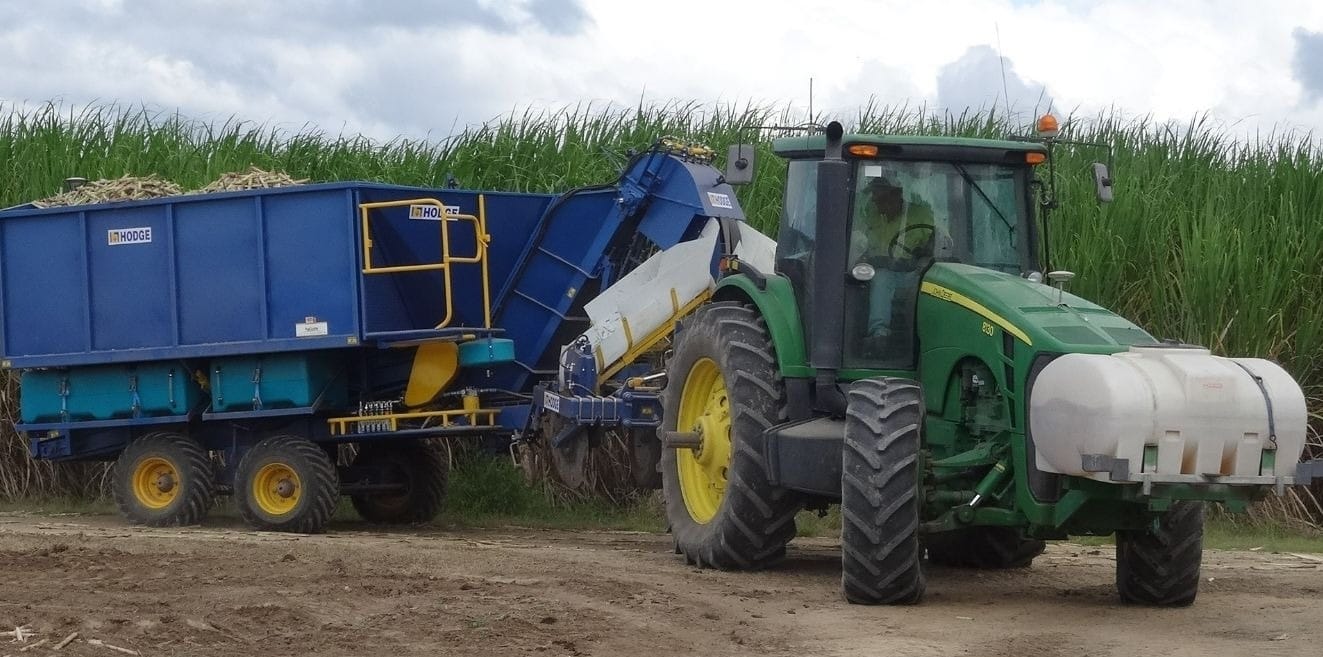What is Point of Use?

Coming out of the many 5S techniques of Sort, Set in order, Shine, Standardise and Sustain, is a sub concept called Point of Use. There have been many well proven studies that show that a well organised workplace leads to significant increase in throughput and efficiency. Point of Use is the convention in which all supplies and tooling are position at arm length and in the sequence in which that are used. This reduces the waste in searching, reaching, staining, and movement at the work station.
Examples of Point of Use
An example of way this can be helpful is that in most manufacturing workstation where hand tools are needed that are more likely located in tool box or sliding draw. Accessing a required hand tool such as a hammer we have to walk to the tool box and open it (most times this is locked due to lack of trust) Therefore we have to unlocking it then search the tool box for the hammer.
Remembering to re-lock the tool box a return to the work area where the hammer is needed. This process is often repeat many times throughout the day. All these waste can be remove by include the correct tools (and ONLY the correct tools) at the location where it is needed. This can be done simply by making a shadow board and connected them right to the machine or bench where the operator needs their tools at hand.

Shadow boards not only control the location of tooling they quickly highlight if any tools are missing which in turn improves the climate of trust within a factory areas. I have included a few examples of simple shadow boards that have provide benefits to manufacturers this year.
For more advance Point of Use you may need to consider redesigning the whole work station.





